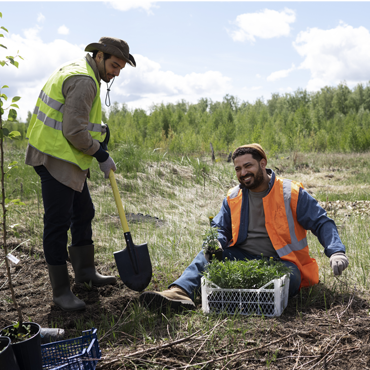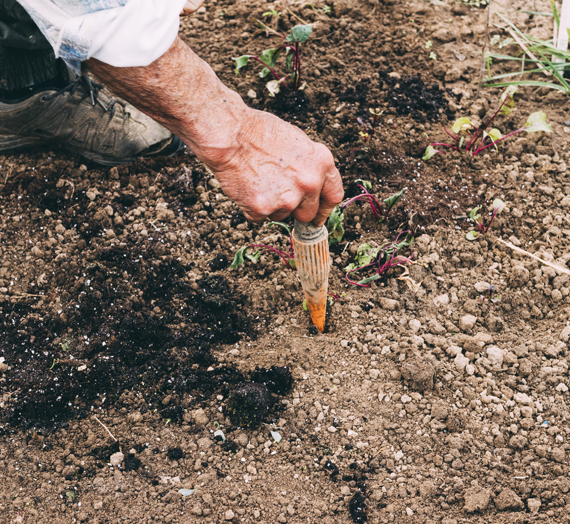Soil Testing And Analysis
Benefits of Soil Testing and Analysis
Enhanced Crop Yields
By identifying nutrient deficiencies and soil health issues, soil testing allows farmers to optimize fertilization, leading to improved crop growth and higher yields.This proactive approach enhances productivity and promotes sustainable practices that protect the environment.
Improved Soil Health
Regular testing enables the monitoring of soil health indicators, allowing farmers to implement practices that enhance soil structure, fertility, and microbial activity.This continuous assessment helps ensure long-term sustainability and productivity for agricultural operations.
Tailored Recommendations
Soil testing provides specific insights that help farmers customize their management practices to the unique conditions of their fields, promoting more effective and efficient farming strategies. This tailored approach maximizes resource use.
Environmental Sustainability
Understanding soil composition helps minimize the overuse of chemicals and fertilizers, significantly reducing the risk of runoff and environmental degradation, thereby promoting sustainable agricultural practices.
Better Crop Rotation
Soil analysis informs farmers about the best crops to plant based on soil conditions, enhancing biodiversity and improving overall farm productivity.This strategic planting not only boosts yields but also contributes to healthier ecosystems and resilient farming systems.
Long-Term Planning
Regular soil testing establishes a baseline for soil health, aiding in strategic planning and informed decision making for future planting and management practices.This ongoing evaluation empowers farmers to adapt to changing conditions and optimize resource allocation.
RG environmental
Soil Testing and Analysis

When Is the Best Time for Soil Analysis?
Other important aspects to consider are the best time of the year to take analysis, as well as the amount of time that should be allocated to do so. For example, soil sampling for annual crops should be taken after the harvest. In doing so, a farmer is left with plenty of time to plan fertilization management. On the other hand, the best time for a soil analysis of perennial crops is during the dormancy stage. In the end, how often will a farmer analyze his soil, will depend entirely on him; whether he is ready to invest in soil quality and a higher yield or not.Quality and balanced soil are crucial factors for achieving higher yields. Therefore, farmers should collect soil samples frequently in order to detect any changes that could affect crop yield. It’s recommended to perform a soil analysis every 3-4 years. However, it would be ideal to practice soil analysis as often as possible, especially when growing annual crops in a crop rotation in which case, it is recommended to take soil analysis after every third crop in the rotation.Additionally, understanding the specific nutrient needs of different crops can guide the timing and frequency of soil testing. For instance, incorporating soil tests before planting can help tailor fertilization strategies to meet the specific requirements of the upcoming crop. This proactive approach not only supports optimal growth but also helps in preventing nutrient deficiencies that can hinder yields.


